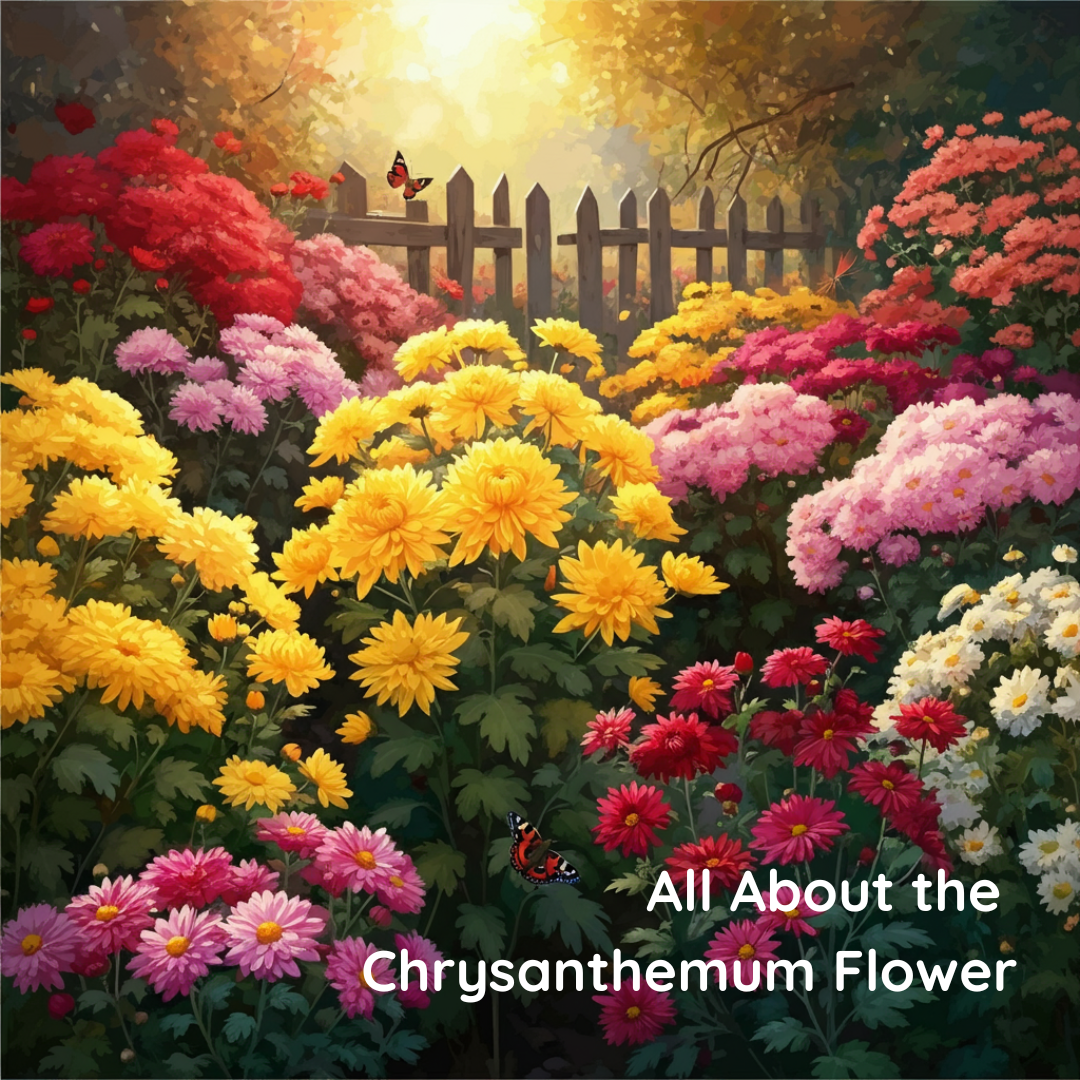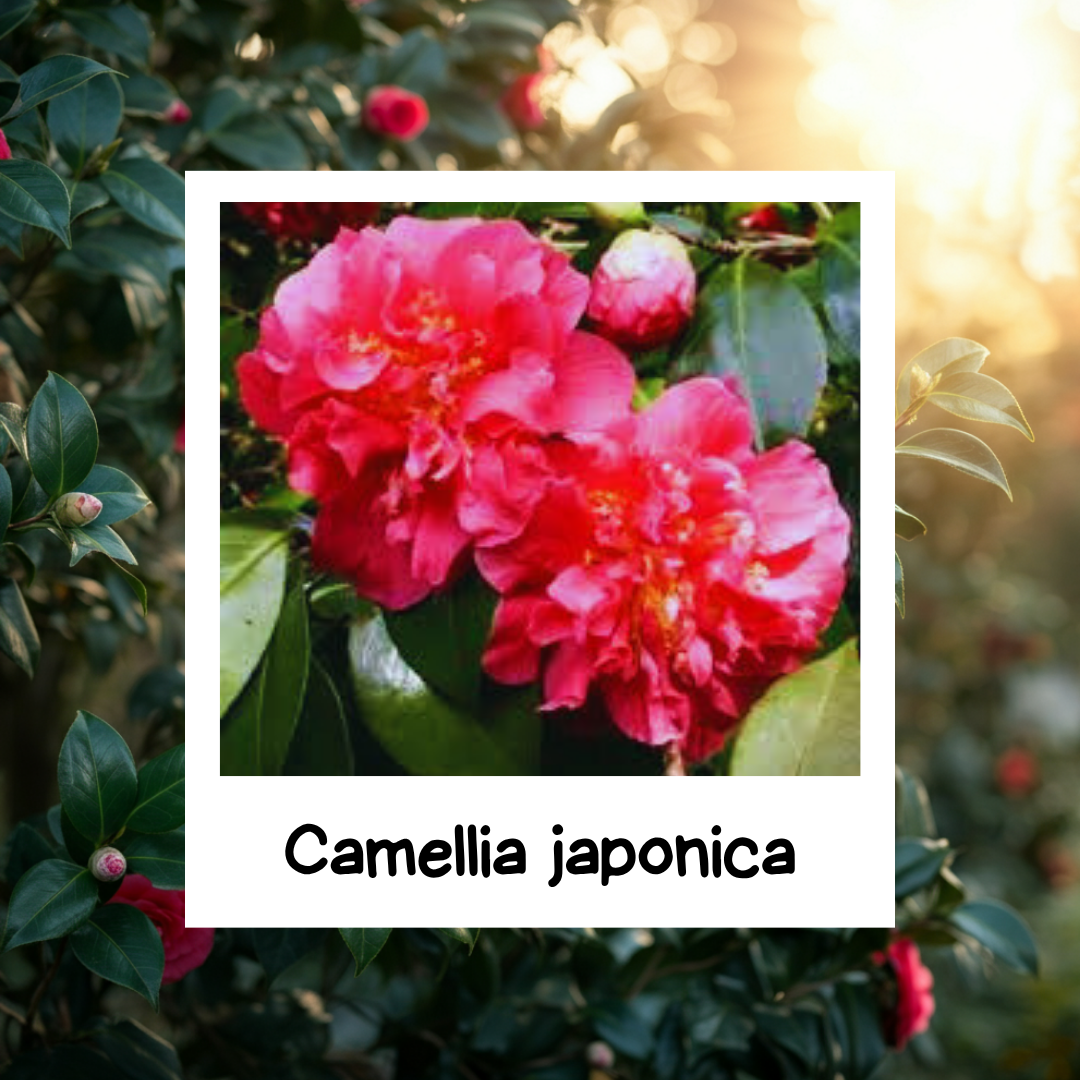The chrysanthemum, often simply called “mum,” is a flowering plant with a rich history and significant cultural importance across the globe. Recognised for its vibrant, densely petaled blooms, it is a staple in autumn gardens and floral arrangements.
What is a Chrysanthemum?
Chrysanthemums belong to the genus Chrysanthemum in the Asteraceae family, which also includes daisies and sunflowers. The name originates from the Greek words “chrysos” (gold) and “anthemon” (flower). While the original flowers were indeed golden, modern cultivation has produced a vast array of colours, including white, yellow, pink, red, bronze and purple.
The plants are herbaceous perennials, though some varieties are grown as annuals. Their flowers come in numerous forms, such as single, decorative, pompon and spider types, each with a unique petal arrangement. The leaves are typically lobed and aromatic, adding to the plant’s appeal.
Seasonal Interest
Chrysanthemums are best known as autumn-flowering plants. They are “short-day” plants, meaning they require long nights to initiate budding and flowering. This photoperiodic characteristic ensures that they produce their spectacular display of blooms from late summer through autumn, often continuing until the first hard frost.
This late-season flowering makes them invaluable in the garden, providing a burst of colour when many other plants have finished blooming for the year. They are frequently used in seasonal container displays, garden beds, and borders to extend the gardening season.
Benefits of Growing Chrysanthemums
Beyond their ornamental value, chrysanthemums offer several practical benefits:
- Pest Control: Certain species, particularly Chrysanthemum cinerariifolium, are the source of pyrethrum, a natural insecticide. Planting chrysanthemums in a garden can help deter pests from neighbouring plants.
- Air Purification: A NASA study identified chrysanthemums as effective air purifiers. They have been shown to help remove common indoor pollutants such as ammonia, benzene, and formaldehyde from the air, making them a functional houseplant.
- Pollinator Support: Late-blooming chrysanthemums provide a crucial source of nectar for bees and other pollinators when other food sources are scarce.
- Medicinal and Culinary Uses: In traditional Chinese medicine, chrysanthemum tea is used to treat various ailments, including fever, sore throat and high blood pressure. The flower petals of some edible varieties can be used in salads and other dishes.
Disadvantages and Considerations
While beneficial, there are a few drawbacks to consider when growing chrysanthemums. The plants can be susceptible to fungal diseases like powdery mildew and rust, especially in humid conditions with poor air circulation. They may also be targeted by pests such as aphids and spider mites.
Furthermore, all parts of the chrysanthemum plant are mildly toxic to pets, including cats and dogs, if ingested. Consumption can lead to symptoms like vomiting, diarrhoea, and loss of coordination. Therefore, they should be planted with care in households with animals.
The History of the Chrysanthemum
The chrysanthemum has a long and storied history, dating back to 15th century B.C. China, where it was first cultivated. It was initially grown as a flowering herb and was highly valued for its medicinal properties. The flower held such importance that an entire city was named after it: Chu-Hsien, meaning “Chrysanthemum City.”
By the 8th century, the chrysanthemum had been introduced to Japan, where it was so revered by the Emperor that it was adopted as the Imperial Seal. The “Festival of Happiness” in Japan or Kiku no Sekku, is dedicated to the flower.
The chrysanthemum was introduced to the Western world in the 17th century. In 1753, the Swedish botanist Carl Linnaeus formally named the flower. Since then, its popularity has grown, and it is now one of the most widely cultivated ornamental flowers in the world.
Folklore and Symbolism
The symbolism of the chrysanthemum varies significantly across different cultures.
- In Asia: In China and Japan, it represents longevity, happiness, and good fortune. The white chrysanthemum, in particular, is a symbol of loyalty and devoted love.
- In Europe: In many European countries, including France, Belgium, and Italy, chrysanthemums are associated with death and are traditionally used as funeral flowers to honour the deceased.
- In Australia: Chrysanthemums are the official flower for Mother’s Day, largely due to their seasonal availability in May.
- In the United States: The flower is generally seen as a cheerful and positive symbol, often associated with joy and optimism.
A Valuable Addition to Your Garden
With its brilliant autumn colours and diverse forms, the chrysanthemum is an excellent choice for any garden. It offers visual appeal late in the season when few other plants are in bloom. Beyond its beauty, its ability to deter pests and support pollinators adds practical value. By understanding its needs and historical significance, you can fully appreciate this remarkable flower. Consider adding chrysanthemums to your garden beds or containers for a reliable and vibrant display of autumn colour.
Further Reading: All About the Common Poppy, All About St. John’s Wort, The Saffron Crocus: More Than Just a Spice, All About Heather (Calluna vulgaris)


